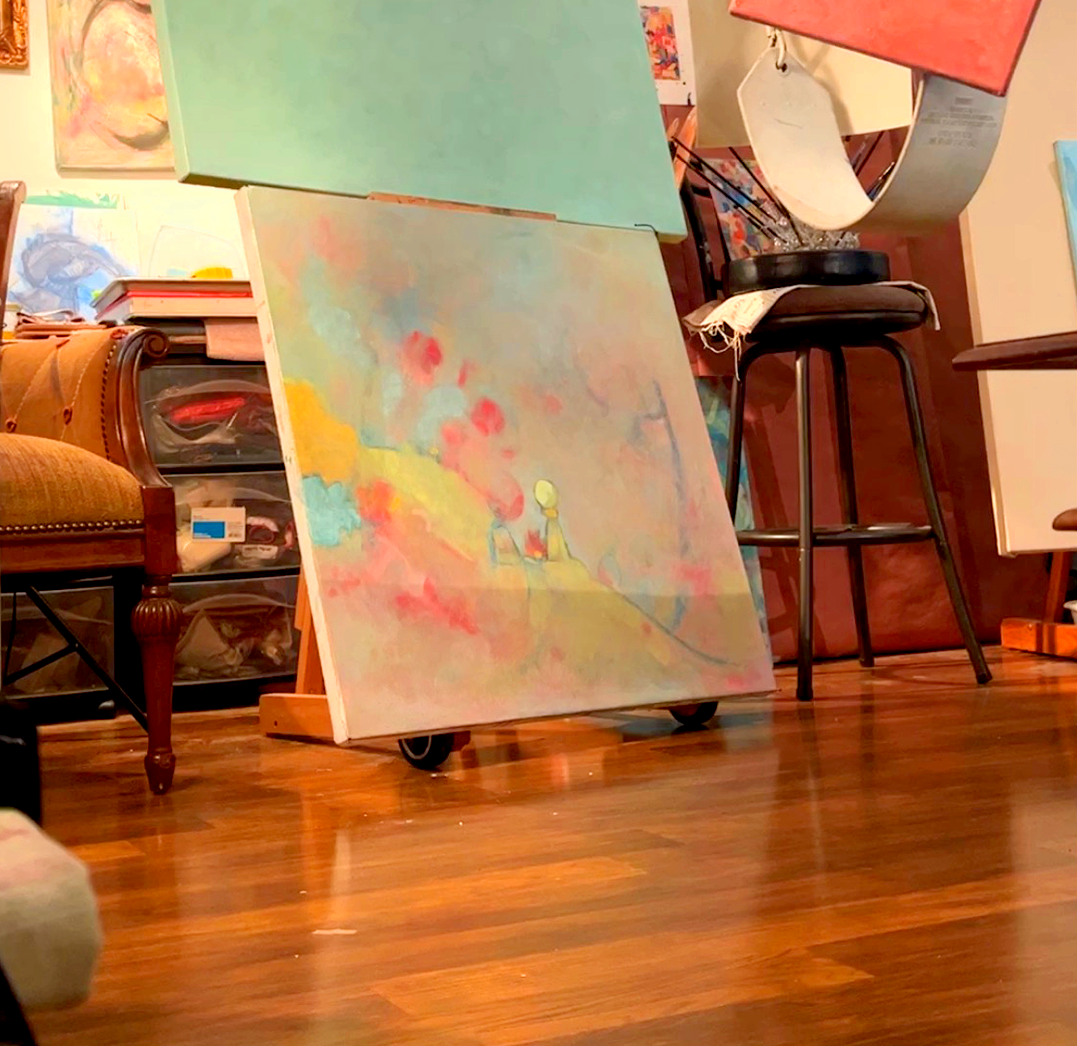Imagine your art studio as a temple or a reflection of your mind. The arrangement and organization of your workspace are crucial if you aspire to perform at your creative peak. Inspired by neuroscience, particularly the study of place cells in the hippocampus, this blog explores how understanding the brain's navigation system can significantly enhance the way artists organize and interact with their studio space. This innovative approach not only makes finding your tools easier but also reduces mental fatigue, leaving more energy for your artistic endeavors.
The Neuroscience of Place Cells
The concept of place cells, located in the hippocampus of the brain, is foundational in understanding how brains perceive and navigate space. These cells become active when an individual is in a specific location or even when thinking about that location. This phenomenon forms a cognitive map in our minds, allowing for precise navigation and retrieval of memories associated with physical spaces.
In the wild, animals use place cells to navigate vast environments and remember critical resources like food and shelter locations. For artists, this translates into an opportunity to structure their studios in a way that aligns with the brain's natural spatial mapping capabilities.
Translating Science into Studio Design
-
Consistent Placement of Tools and Materials:
- Arrange your studio so that similar tools are always stored in the same place. This consistency allows your brain to form a durable mental map of the studio layout, reducing the time and mental effort needed to find any item.
-
Zoning Your Space:
- Consider dividing your studio into dedicated zones based on activities: painting, sculpting, cleaning, storage, etc. This segmentation helps enhance the mental map and allows for smoother transitions between different types of work.
-
Visual Cues:
- Use colors and symbols as visual cues to mark different areas or storage bins. Visual cues can trigger memory and improve the speed of locating materials you need, thereby enhancing workflow efficiency.
Benefits of a Neuroscience-Informed Studio Layout
-
Efficiency and Time Management: By organizing the studio in a way that mirrors the brain's method of spatial recognition, artists can drastically reduce the time spent searching for tools and materials, allowing more time for actual creative work.
-
Reduced Cognitive Load: A well-organized studio limits the need for decision-making about where things are, which minimizes mental fatigue. This reduction in cognitive load can lead to longer, more productive creative sessions.
-
Boosted Creativity: With a clear mind and an efficient workspace, artists can focus more on creative processes. The mental clarity gained from a well-arranged environment can enhance the quality and innovation of the artwork produced.
ConclusionAligning the layout of your art studio with the principles of neuroscience not only streamlines your artistic process but also taps into the natural capabilities of your brain, fostering a workspace that supports both your creativity and mental well-being. By understanding and implementing the science of place cells, you can create an art studio that not only serves as your creative sanctuary but also enhances your artistic productivity and satisfaction.
Let's bring the art of neuroscience into the heart of your studio and witness the transformation in your artistic expression and efficiency!
Next Steps:
- Consider a detailed audit of your current studio setup.
- Identify changes that align more closely with neuroscience principles.
- Implement these changes gradually, observing the impacts on your workflow and creativity.
FAQs:
Q1: What are place cells and why are they important in studio design? A1: Place cells are neurons in the hippocampus that help the brain map out environments. They are crucial for studio design because they can help artists organize their workspace in a way that optimizes memory and navigation.
Q2: How can I start implementing these changes? A2: Begin by observing your current workflow and noting any frequent disruptions caused by misplaced or hard-to-find items. Use this information to start reorganizing your space, keeping consistency and ease of access in mind.
Q3: Are there any tools or resources to help me apply these principles? A3: Yes, various spatial planning tools and apps can help you visualize and plan your studio layout effectively, considering neuroscience principles.
By integrating these insights into your art studio's design, you're not just rearranging physical objects; you're optimizing the creative landscape of your mind.

